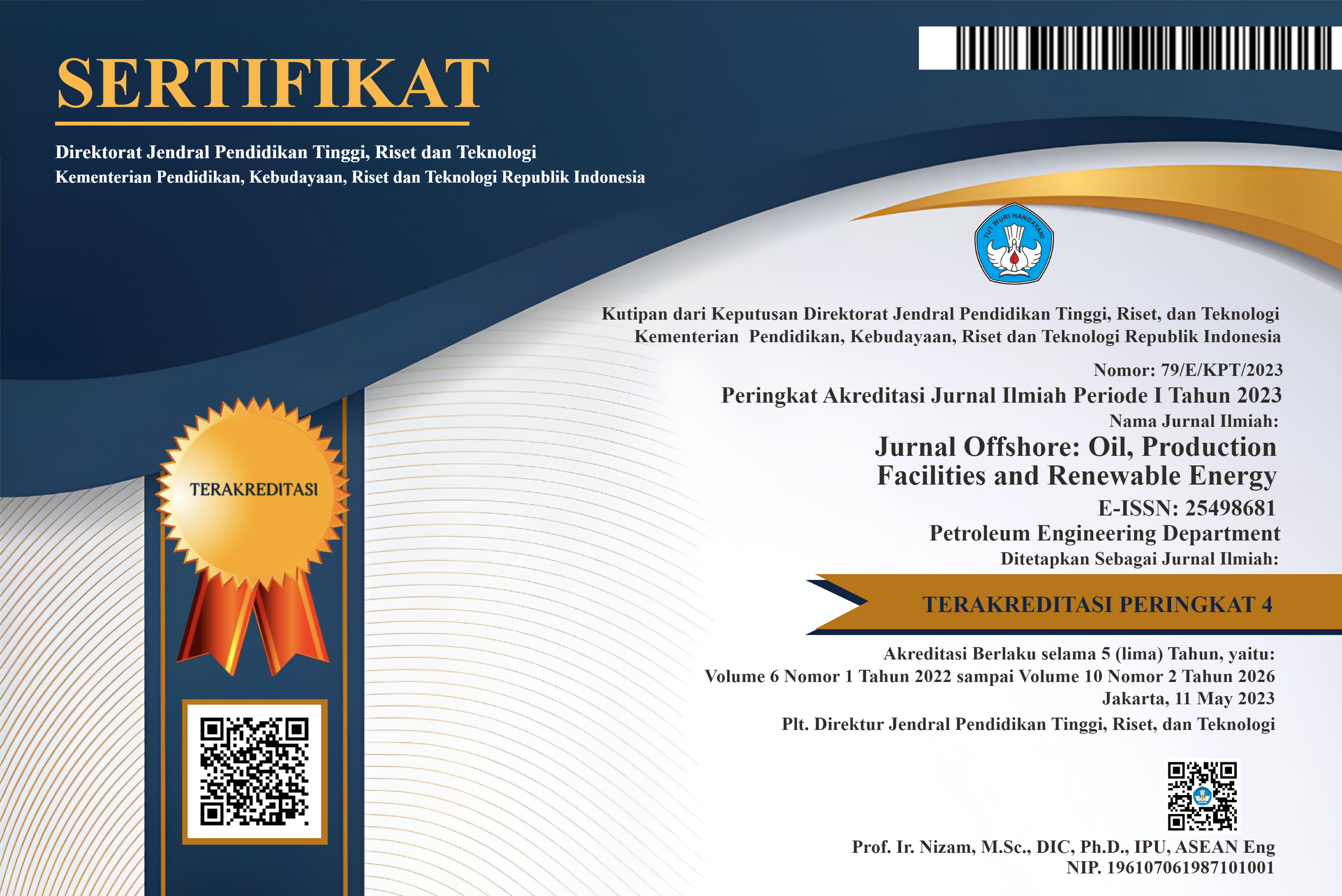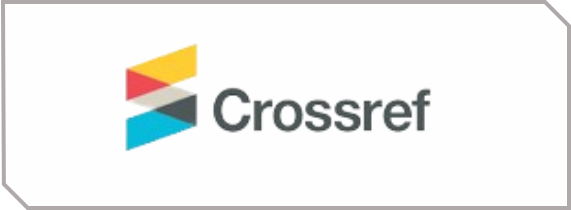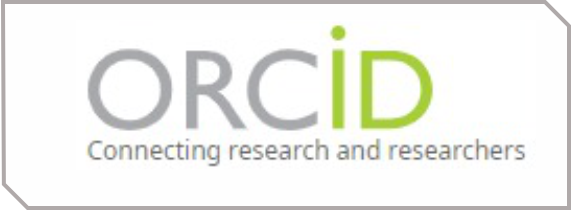Jenis Mineral Lempung Endapan Kuarter Pantai Semarang Jawa Tengah dan Potensinya sebagai Lumpur Pemboran
DOI:
https://doi.org/10.30588/jo.v3i1.488Keywords:
endapan kuater pantai semarang, mineral lempung, komposisi mineralogi, lumpur bor, quaternary deposit of semarang coast, clay minerals, texture, mineralogy compositionsAbstract
Penelitian ini bertujuan untuk mengetahui karakteristik litologi endapan Kuater Pantai Semarang yang meliputi komposisi mineralogi, distribusi serta potensinya sebagai bahan lumpur bor. Komposisi mineralogi ditentukan dengan menggunakan scanning electron microscope (SEM). Untuk mengetahui potensi sebagai lumpur bor ditentukan berdasarkan uji rheology dan filtration loss. Dari hasil analisis menunjukkan sedimen Kuater Pantai Semarang didominasi oleh endapan lempung dengan sedikit lanau pasiran yang terbentuk oleh proses pengendapan secara suspensi. Secara mineralogis, jenis mineral lempung yang dijumpai di daerah telitian sangat bervariasi. Dari analisis SEM menunjukkan jenis mineral lempung yang dijumpai antara lain kaolinit, illit dan campuran montmorilonit- illit. Berdasarkan hasil uji rheology menunjukkan pembacaan deal reading 600 RPM nilai yang dominan = 4, harga viskositas plastis = 1, nilai yield point = 2 dan nilai gel strength 10 menit = 1. Berdasarkan uji filtration loss menunjukkan volume air yang keluar rata-rata 188 ml, tebal kerak lumpur rata-rata 0,65 cm dan pH = 8. Berdasarkan uji rheology dan filtration loss dapat disimpulkan bahwa mineral lempung di daerah telitian tidak memenuhi kualifikasi untuk dipergunakan sebagai lumpur pemboran.
The objectives of this study are to identify lithological characteristics of the Quaternary Sediments in the Semarang Coast including mineralogical composition, distribution and its potency as drilling mud. Mineralogical composition is determined using scanning electron microscope (SEM). The potency as drilling mud is identified based on rheology and filtration loss tests. Based on this study shows that this sediment is predominantly composed of clay-size material with minor sandy silt-size grain deposited by suspension process. Mineralogically, there are some clay mineral type in the study area based on SEM analysis, they are kaolinite, illite and mixed montomorillonite-illite.Based on rheology test showed that the value of deal reading 600 RPM = 4, plastic viscosity = 1, yield point = 1 and gel strength at 10 minute = 1. Based on filtration loss showed the average volume expelled water = 188 ml, the average thickness of mud cake = 0.65 cm and pH = 8. Based on rheology and filtration loss tests can be concluded that clay sediment in the study area can not be used as mud drilling material.
References
Carlin, C., 1950. Petroleum Enginering-Drilling and Well Completion, Prentice Hall Inc., Englewood Cliffs, New York.
Hana Afifah, 2005. Analisis Mineral Lempung Pantai Kodya Semarang Untuk Lumpur Pemboran, Laporan Skripsi, Universitas Pembangunan Nasional "Veteran" Yogyakarta.
Klein, C. and Hurbut, C., 1985. Systematic Mineralogy Part IV, Silisiclastic Manual of Mineralogy 20thEd., John Willey and Sons, New York.
Lummus, J.L . and Azzaz, J.J., 1986. Drilling Fluids Optimation, A Practical Field Approach, Penn-Well Publishing Co.
Pettijohn, F.J., 1975. Sedimentary Rocks,3rd edition. Harper and Row, New York.
Rubiandini, Rudi R.S., 1986. Diktat Kursus – Mud Design and Problem Solving, PT Redekatama Mitra.
Thaden, R.E., Sumadirdja, H. Richards., P.W. 1996. Peta Geologi Lembar Magelang dan Semarang, Jawa, 1:250.000, Geological Survey of Indonesia.
Van Bemmelen, R.W., 1949. The Geology of Indonesia, 1A, Martinus Nijhoff, The Hague.
Downloads
Published
How to Cite
Issue
Section
License
Authors retain copyright and grant the Jurnal Offshore right of first publication with the work simultaneously licensed under a Creative Commons Attribution 4.0 International License that allows others to share (copy and redistribute the material in any medium or format) and adapt (remix, transform, and build upon the material) the work for any purpose, even commercially with an acknowledgement of the work's authorship and initial publication in Jurnal Offshore. Authors are able to enter into separate, additional contractual arrangements for the non-exclusive distribution of the journal's published version of the work (e.g., post it to an institutional repository or publish it in a book), with an acknowledgement of its initial publication in Jurnal Offshore. Authors are permitted and encouraged to post their work online (e.g., in institutional repositories or on their website) prior to and during the submission process, as it can lead to productive exchanges, as well as earlier and greater citation of published work (See The Effect of Open Access).















